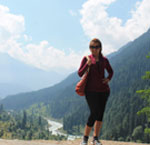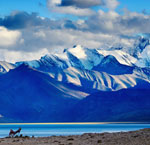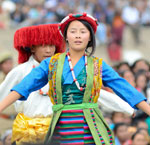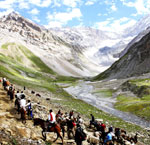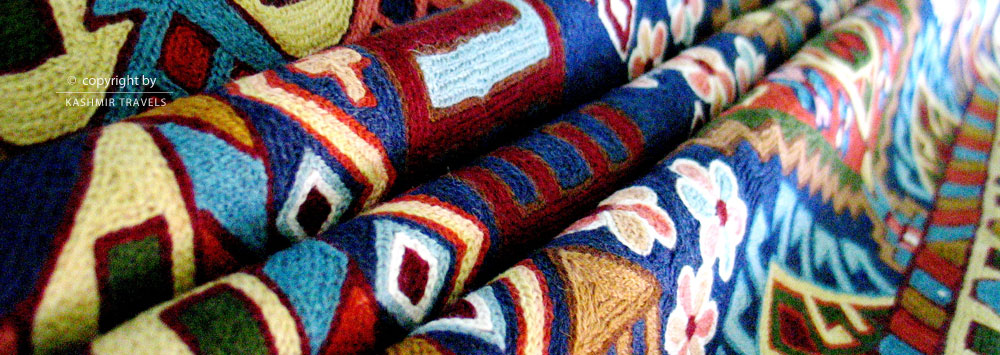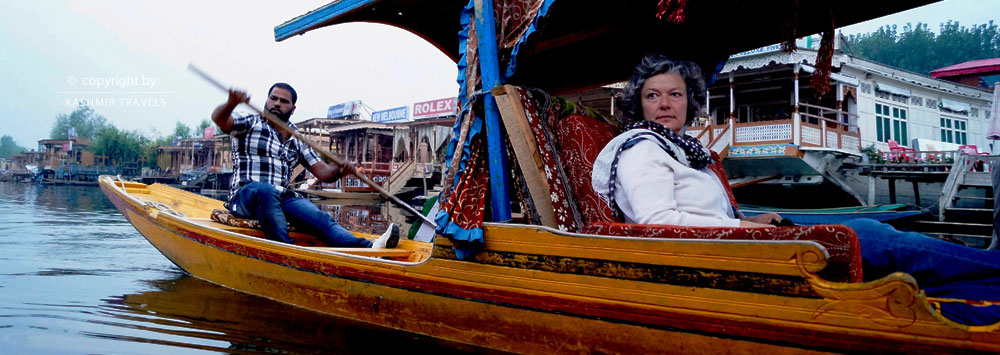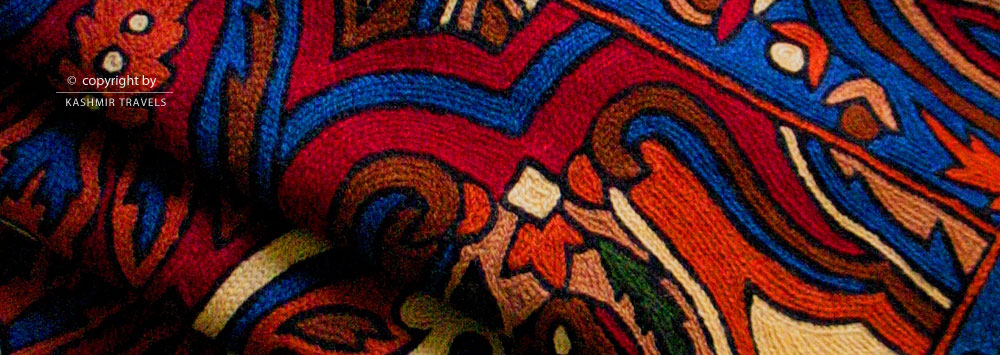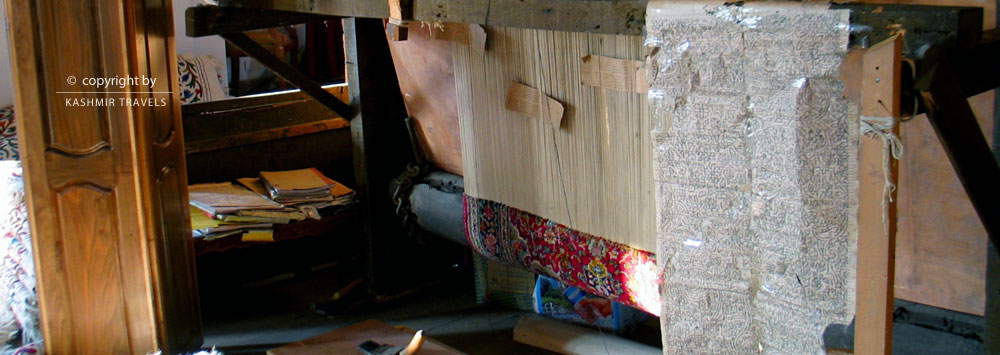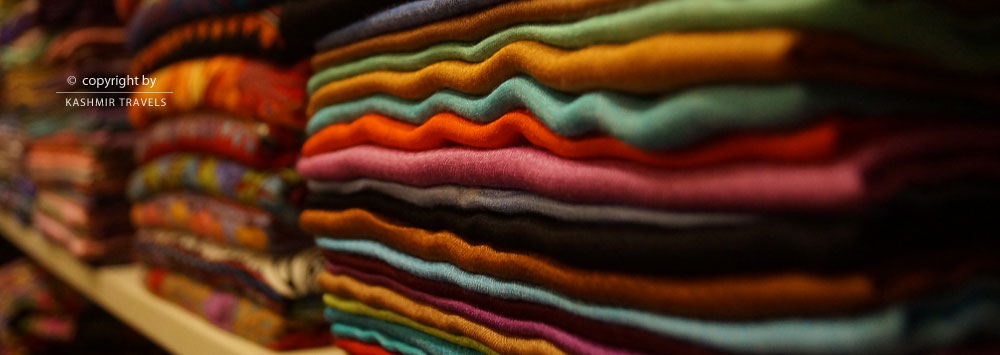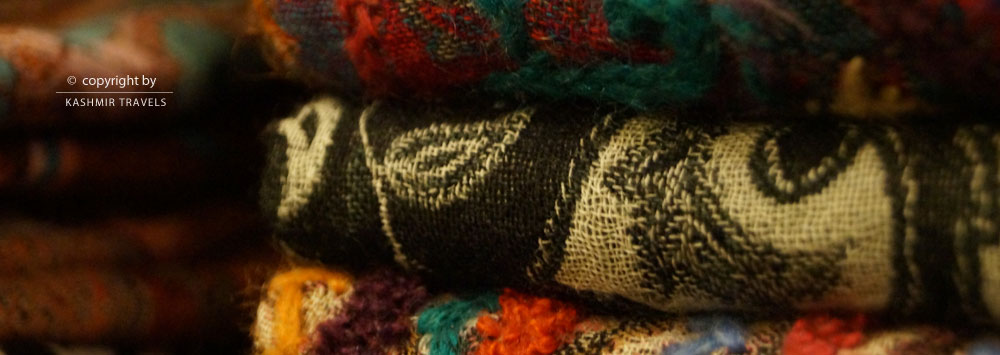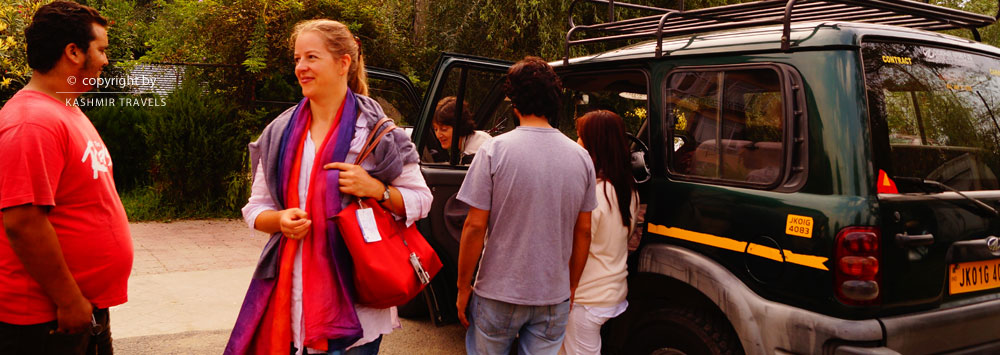KASHMIRI HANDICRAFTS
Kashmiri handicrafts are renowned all over the world for their beauty and grandeur. It has continued to do so since the medieval age. Carpets, shawls, art crafts, paper mache and numerous other handicrafts are pièce de résistance of the valley. These crafts are manufactured manually by skilled artisans and exported to the international market.
Top end crafts are also available for tourists and locals at many retail outlets of the state. Kashmiris showcase their exquisite skill in manufacturing, engraving, indulging in calligraphy and painting cultural motifs on these handiworks. The crafts are extremely attractive and stylish and their appeal lies in their uniqueness which fascinates the beholder. Kashmiri handicrafts have made their mark at the international level.
The handicrafts of Kashmir have a cultural significance, so artisans strive hard to produce the best articles for their clients. The valley has a rich legacy of arts and crafts and it is believed that the art was brought to the region by the Sufi saint Mir Sayid Ali Hamdani, who came to the province with his seven hundred companions. Srinagar, Ganderbal, and Budgam are the main districts in central Kashmir which have been making handicrafts products since ages immemorial. The handicraft industry plays an important role in the economic development of J&k. It provides a great handout towards employment opportunities in the valley.
Handmade products are exported all over India and other parts of the world. Kashmiri Handicrafts is the second largest and preferable industry after fruit business in the Vale. Clients always have a satisfactory experience with the souvenirs of Kashmir.
The locus of Kashmiri handicrafts’ locus lies in the districts of Srinagar, Ganderbal, and Budgam. The districts bring out the unique and rich heritage of Kashmiri handicrafts. Kashmiri handicrafts are wide in scope ranging from unique shawls,carpets,embroidery, phulkari to paper mache,wood carving,copper ware and willow work. Some of the popular handicrafts of Kashmir are described below:
1.SHAWLS:
Shawl is a type of shoulder mantle. They are one of the best Kashmiri handicrafts. The art has come a long way thanks to its superior quality and exquisiteness. The craft came to the region in the 15th century by Muslim craftsmen from Turkestan. Wool, pashmina and shahtoosh are used to make shawls. All three materials come in different price ranges amongst which Shahtoosh is the priciest due to the scarcity of the material. Different types of Shawls are defined below:
SHAHTOOSH:
Shahtoosh shawls are known as ring shawls because their quality is measured by passing them through a ring test. The real Shahtoosh fabric easily passes off the curvature of the ring.
Pashmina or Kar Amir
The shawls are made from the wool of Capra hircus, a species of the wild Asian mountain goat. Apart from giving warmth against cold it has emerged as one of the luxury items. According to the Srinagar-based Craft Development Institute, which filed the application for the Geographical Indication tag for Kashmir pashmina, Pashmina was first introduced by the inhabitants of the state. The making of a Pashmina product combines hard work with skill.
Right from ensuring the retention of its softness to deciding a whole array of colors, patterns, and designs everything requires expert knowledge and skill. The best quality is obtained from the fleece of neck and belly of the Himalayan goat. It is usually woven in three patterns - twill or ‘sade bunai’, the popular diamond or ‘chashm-e-bulbul’ and the special herringbone style or ‘gada kond’. Subject to the amount and complexity, an original Kashmiri pashmina shawl can take up to three years to 6 months to get embroidered, costing around a million.
Do-Shalla
The word Do-shala means "two-shawls" as these shawls are always sold in pairs.They come in different varieties.
Kani Shawl
Being one of the oldest handicraft of Kashmir, this shawl originates from the Kanihama area of Kashmir.
2.WOOD CARVING
Wood from walnut and chinar trees is used for this beautiful craft in Kashmir. The intricate design carved on wood leaves one mesmerized.Different products like tables, jewelry boxes, trays, chairs, sideboards, mirror frames, tables, cabinets, folding screens, beds, candle stands, lamps and decorative items, etc are carved out of the wood which are adorned with motifs from nature including birds, chinar leaves, and flowers.The wood derived from the root is best for carving. The wood from this tree is very sturdy which makes it the right choice for quality.
3.TEXTILES:
This Kashmiri handicraft has been a gift of the caravans from Central Asia. Sultan Zain-ul-Abidin is credited to bring carpet weavers from Persia and Central Asia to Kashmir, India. Kashmiris term ‘Kal Baffi’ for the art of hand-knotted carpets.
Subject to the density of the knots per square inch makes Kashmir’s hand-knotted carpets a unique art. The carpets are made of different materials ranging from silk on silk, silk and cotton, wool cotton and silk, and wool and cotton. These silk and woollen carpets are considered to be amongst the finest carpets in the world and are exported to countries in North America and Europe. Making them demands a lot of time and hard work.
Each carpet has an average of 200 to 900 knots per square inch with beautiful patterns. The quality of the carpet is dependent on three main features: the design, the yarn, and the weaving style. Some of the carpets and rugs are described below:
Namda
Namda is a type of traditional Kashmiri carpet. Instead of weaving they are produced by felting the wool.Consolidation of fibrous materials is done by the application of heat, moisture, and mechanical action, causing the interlocking, or matting.It involves a two-step felting procedure. A broom known as ‘’manzyen’ is used in the procedure. Once finished, it is decorated with Aari embroidery. It is believed that the people of Kashmir learnt this art in the 11th century when Mughal emperor Akbar ordered for a suitable covering floor for his horse. The Namda market is mostly found in Shehr-e-khaas area of Srinagar, Anantnag, Rainawari, and Baramulla.
Qaleen
It is a type of hand knotted carpet made out of wool or silk.Sultan Zain-ul-Abidin( Budshah) is believed to have introduced hand knotted carpet craft (Kal baffi) to Kashmir in the 15th century.
Wagoo
This traditional rug is made from reeds and is an important part of Kashmiri handicrafts.
4.Embroidery
Embroidery plays an important role in Kashmiri handicrafts. Fabrics of shawls, carpets and pherans(traditional coats worn in winters) are adorned with intricate embroidery. Embroidery comes in different styles.
Tilley:
Embroidering with metallic threads is known as 'Tilley.'
Crewel embroidery
This type of embroidery is done using threads made of fine wool with the help of a crewel (a pointed hook). Initially it was executed on fabrics of silk and cotton, but now artisans have moved to a variety of fabrics, including organza, velvet, linen and even jute. These are usually used to make furnishings or upholstery.
Sozni Embroidery:
It is believed that this craft has its roots in Persia. The artists who practise it are called ‘sozankars’. The prominent motif of this embroidery is called Buti which is a representation of a teardrop-shaped motif or almond with a curved upper end. The highest quality works have darker thread outlining the motif, with different shades filling it up inside with no gap in between.
5.Kashmir papier-mâché
This craft was brought by a Muslim saint, Mir Sayyid Ali Hamadani from Persia in the 14th century to medieval India.The craft was named so by the French traders in the fifteenth century.Articles are made out of paper pulp, which are then adorned into colorful artefacts like vases, bowls, cups boxes, trays, bases of lamps, and many other small objects.
Shah Hamdan mosque is the first mosque/place whose walls and celings were decorated using this art. The making involves two steps. The first step is called Sakhtsazi, and the second step is called Naqashi.
The former iis the basic step which requires moulding the paper pulp into the desired shape or object. The latter is the decoration part. These artefacts are tourists' favourite souvenirs.
6.Willow Wicker
This craft is known as Keani Keam in Kashmir. The willow reeds are known as Keani so as the name suggests it is the craft of willow wickers. Number of articles are made by this method, the most characteristic of which is kangri(fire pot used in winters to keep people warm in freezing cold).The craft is also locally known as shaakhsaazi. This craft is mainly done in villages of South Kashmir such as Kulgam and Ganderbal.
7.Copperware
It is believed that artists and dealers from Iran and Iraq introduced it about 700 years ago. A Muslim saint, Mir Sayyid Ali Hamdani is credited to have popularised copperware among the locals.Taesh Naer, Tream and Samovar are some of the popular Kashmiri utensils made of copper.Shehr-e-Khaas area of Srinagar has been a centre for this kashmiri handicraft since the 19th century.

